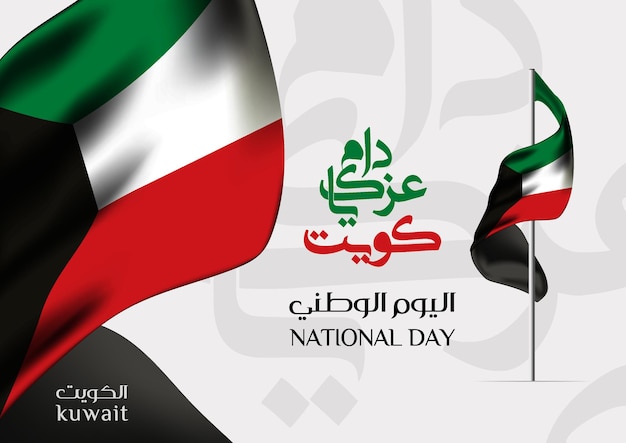Current Events and Developments in Kuwait

Introduction
Kuwait, a key player in the Gulf region, has recently been in the spotlight due to significant political and economic developments. Its strategic location and rich oil resources make it an important ally and member of the Gulf Cooperation Council (GCC). Understanding the current situation in Kuwait is crucial for those interested in Middle Eastern politics, economic trends, and regional stability.
Political Landscape
In 2023, Kuwait has seen substantial political activity, particularly following the parliamentary elections held in June. The elections resulted in a mixed outcome, with a coalition of opposition and pro-government candidates gaining a foothold in the National Assembly. This has sparked discussions regarding the balance of power and the potential for legislative reforms.
Moreover, the Kuwaiti government is navigating tensions surrounding its relationship with neighbouring countries. Efforts to improve ties with Iraq and Saudi Arabia have been notable, with high-level meetings aimed at boosting trade and security cooperation. These diplomatic endeavors are critical as Kuwait seeks to enhance its regional influence and stability.
Economic Developments
Kuwait’s economy, heavily reliant on oil exports, is also undergoing transformation. The government has announced its Vision 2035 initiative, aimed at diversifying the economy away from oil dependency. This ambitious plan includes investments in infrastructure, tourism, and renewable energy sectors.
In recent months, the global increase in oil prices due to renewed demand post-COVID-19 has provided a financial cushion for Kuwait. However, the authorities are keen to capitalise on this opportunity to accelerate the diversification agenda. Notably, the Kuwaiti government has signed several contracts with international firms for major projects, signalling a commitment to enhance its economic landscape.
Social Issues and Reforms
The social landscape in Kuwait is also shifting, with increasing calls for reform addressing issues like women’s rights and labour laws. Recent initiatives include enhancing job opportunities for women and protecting the rights of expatriate workers, who form a significant part of the labour force. Such changes are seen as vital for fostering a more inclusive society and addressing demographic challenges.
Conclusion
Kuwait stands at a pivotal moment in its history, with ongoing political, economic, and social reforms shaping its future. As the nation navigates these changes, its role within the GCC and the broader Middle East will undoubtedly evolve. For readers seeking insights into Kuwait’s prospects, the coming years will be crucial in determining how effectively it can implement its Vision 2035 goals and manage external relationships.









